11 More Things Scarier Than Bears on the Pacific Crest Trail
If you missed the first installment of the “things scarier than bears” series, then be sure to check it out: 17 Things Scarier Than Bears On The Pacific Crest Trail.
To continue the tradition of pointing out realistic threats to hiker safety, the PCT (and discrediting the bear-fearers), I bring to you twelve additional fears to keep in the back of your mind as you trudge through the wilderness in search of your grail.
Biting Flies
Yes, flies that bite you. They are awful. In the desert, I dealt with flies of the non-biting variety, but once I reached the Kennedy Meadows, everything changed. You will come to know (and loathe) one particular species of biting fly. They are known simply as: “those stupid fucking huge golden flies”. These bastards will bite you, and it will hurt, and you will whine, and nobody will care (didn’t anyone tell you that the Pacific Crest Trail sucks?). And for those of you who enjoy cowboy camping, prepare for some rude awakenings.
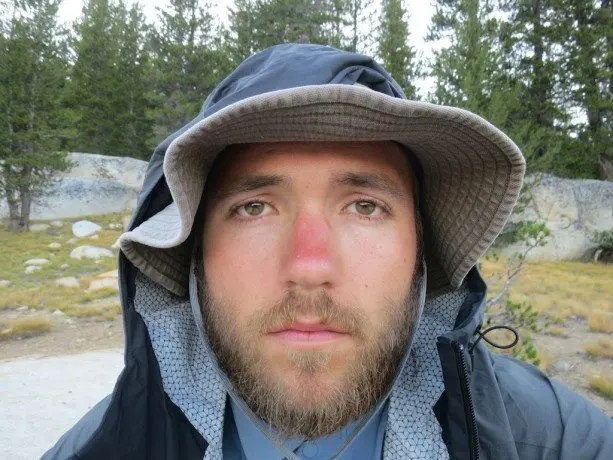
Gnats
Mosquitos are pesky at camp and whilst resting, but the good thing about mosquitos is that you can hike more quickly than they can fly. Gnats are another story. For some reason, they enjoy flying directly in front of your face, and no matter what you do (even if you run – trust me, I tried – multiple times), they will catch up to you. Not only do they pester you when hiking, but they will fly into your nose, eyes, ears, and mouth (basically any moist, accessible orifice). If you haven’t already, I highly recommend investing in a bug net for your head (and I suggest keeping it handy for the entirety of the trail, at least post-Kennedy Meadows).

Plague (and Hantavirus)
Yes, both hantavirus and the horrific bubonic plague await hikers in the wilds of the PCT. Those “cute” little animals that rob your unattended food are carriers of hantavirus and fleas, which are in turn carriers of the plague. Should one of these critters get into your food, I would suggest (based on zero medical background or experience whatsoever) that you avoid eating it (kill and eat that little bastard instead). Symptoms of plague include “swollen, tender lymph glands (called buboes) and fever, headache, chills, and weakness,” and hantavirus has a mortality rate of 38% (CDC). But hey, at least it’s not Giardia.

The PCT Midpoint
Before reaching the PCT Midpoint, you may imagine it as a place of celebration and much rejoicing. However, in reality, the halfway point of the 2,600-mile-long trail serves as a poignant reminder of how far you still need to go before reaching your destination. Located in a not particularly interesting section of the trail, hikers who make it this far into the hike are greeted by a simple concrete post (and then the town of Chester, California). The idea that you still need to go as far as you have already come is too much for some hikers, as the mental struggle eclipses its physical counterpart (luckily, there is a nearby cliff for you to throw yourself off of).
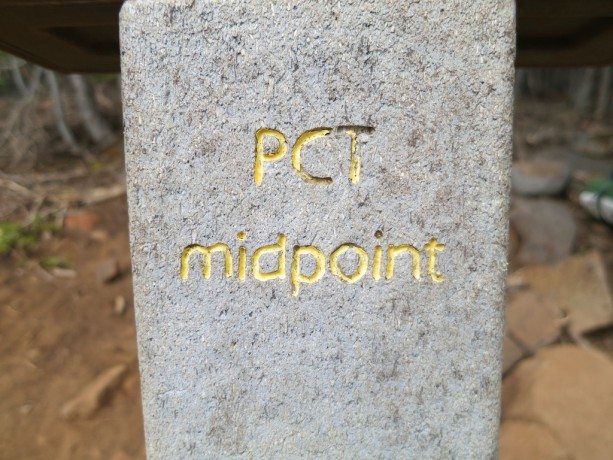
Screaming Animals in the Night
I wrote about the boogeyman in my previous post, but many people may be unconvinced that he is something to be feared (he is). Luckily for those people (and everyone else), there is something else to frighten you in the night: screaming animals (at least I hope they’re animals). Now you may say, “Hey! Don’t bears fall into this category?” No, you’re wrong, bears are stealthy and silent. The animals that make these noises are nothing short of pure evil. They produce noises that you never knew existed and that you’ll never want to hear again whilst trying to sleep. Here’s a preview of what you can expect.

Blisters
You know ahead of time that blisters will be an issue on the trail, but it is easy to underestimate just how great a threat they are. I knew many hikers who abandoned the PCT because their feet were falling apart. I knew none who did the same as a result of bears (likely because they were eaten, and I never saw them again). Blisters are frightening. That hot spot in your shoe quickly translates to pain and (juicy) popping at the end of the day (and many subsequent days). My advice for blisters? Carry a safety-pin and get yourself some Darn Toughs.

Empty Caches
Many a kind trail angel maintains numerous water caches along the Pacific Crest Trail. Hikers can travel as far as 30 mi (48 km) without encountering a natural water source (sometimes longer, depending on the year). So these caches of life’s elixir become incredibly important. Despite every hiker being told to never rely on a water cache, some choose to ignore this advice and end up in serious (sometimes life-threatening) trouble. Less severe, but just as demoralizing, is the empty trail magic cache. This is when you show up at a cooler on the trail, knowing it to be filled with goodies, and open it to find only trash and melted ice. It is as sad as seeing a puppy drown (I know, I’ve witnessed both).

Bisphenola (BPA)
Speaking of caches, do you know what 90% of the water caches are composed of? Plastic bottles baking in the sun (if you’re lucky, you will find a cooler or nicely shaded trove of water). The FDA is currently reviewing the potential for BPA to cause harm in humans, and the CDC states, “[m]ore research is needed to understand the human health effects of exposure to BPA.” Yet, as per usual, many of you tree-hugging, soy-eating, animal-loving, liberal-do-good hippies out there have already drawn your conclusions and have somehow convinced the world that BPA is evil and that it should be banned. Why can’t you allow our corporations, who hold consumer health and opinion in the highest regard, to do as they wish and put whatever chemicals they desire into their products?

Hunters
At some point whilst hiking through Oregon, (northbound) thru-hikers will observe the beginning of hunting season. First, it’s the bow hunters, and then a (few) week(s) later, it’s time to bring out the big guns (literally). In certain areas, the sound of gunshots ringing through the mountains can be heard throughout the day. Hunters are fond of telling hikers to wear blaze orange, and I am fond of telling hunters just not to shoot people. In retaliation for the gunshot threats, I frequently found myself hiking up behind and scaring the daylights out of hunters as they slowly stalked invisible prey through the bush (walking up on someone sneaking is quite amusing).

Pooping
Yes, the act of pooping in the woods can be an incredibly frightening prospect at times, but when nature calls, you have to answer. Sometimes this call comes amid a swarm of mosquitoes or a pack of biting flies; sometimes it comes in the middle of a long, flat, open stretch of trail. Whether you are fighting to keep bugs out of your ass, or attempting to complete your bowel movement in record time to avoid being seen by another hiker, pooping can be a terrifying time a day. If you accept that you will get bitten on your genitals by insects and that you will be seen squatting over a hole by your fellow hikers, then it will make your hike far more enjoyable.

BearCat
BearCat noun: a legendary beast that stalks and harasses PCT thru-hikers, particularly at dawn and dusk.
Very little is known about the BearCat except that it is fond of (and very capable of) flanking prey, and that it may or may not be responsible for some of those horrifying sounds in the night. I found myself warding off the BearCat on numerous occasions, and if it wasn’t for the bravery of some of my fellow hikers, I may not be here today.
You can read the story of BearCat from one scholarly man brave enough to assume a trail name in recognition of the beast: The Legend of BearCat.

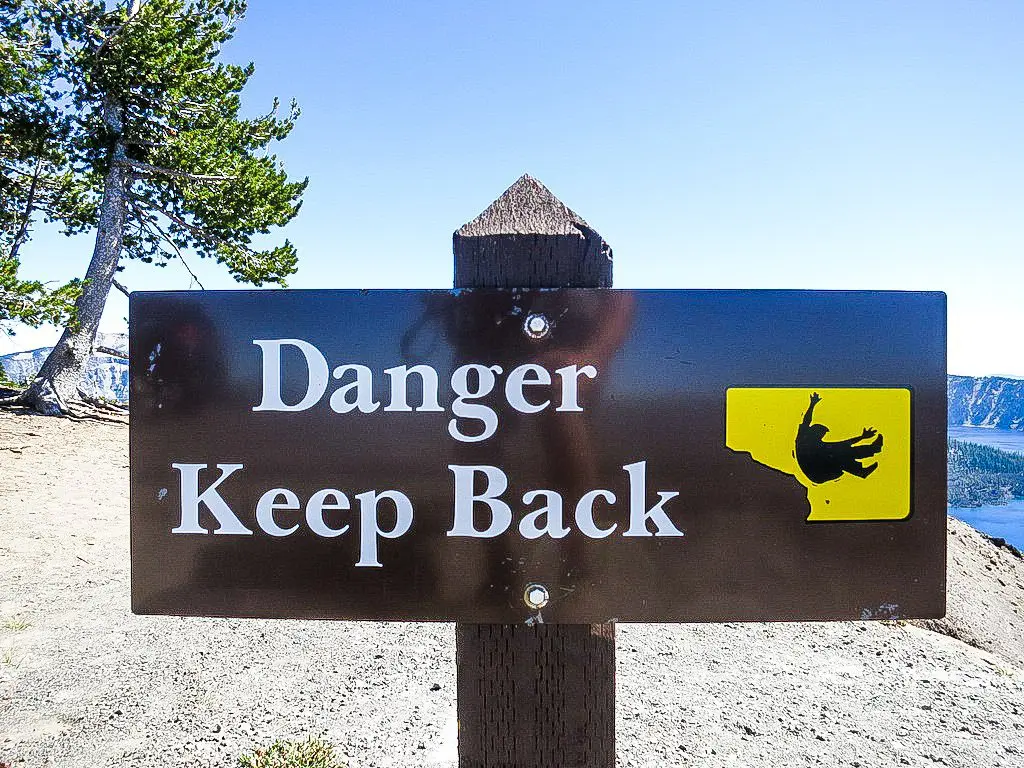
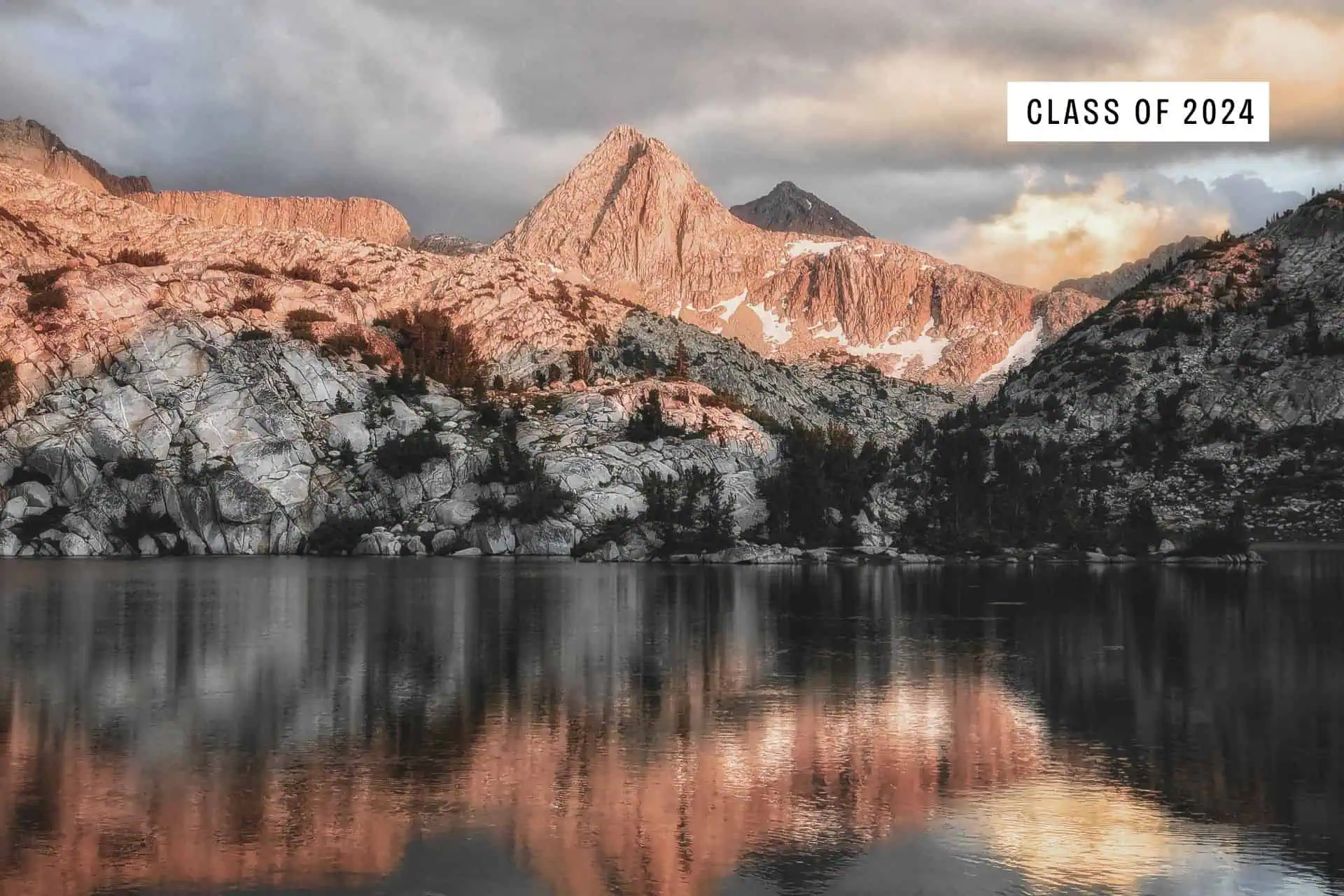
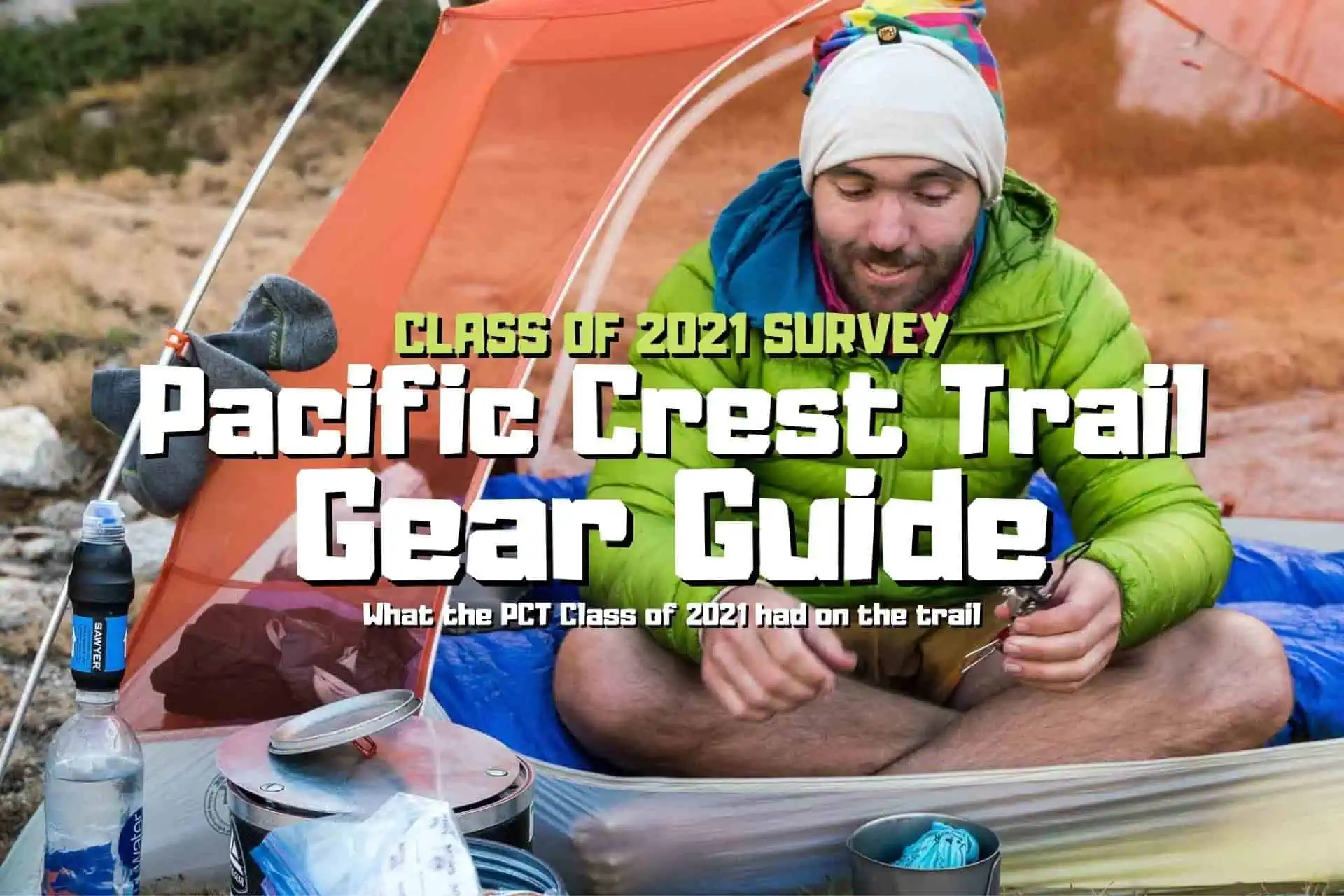
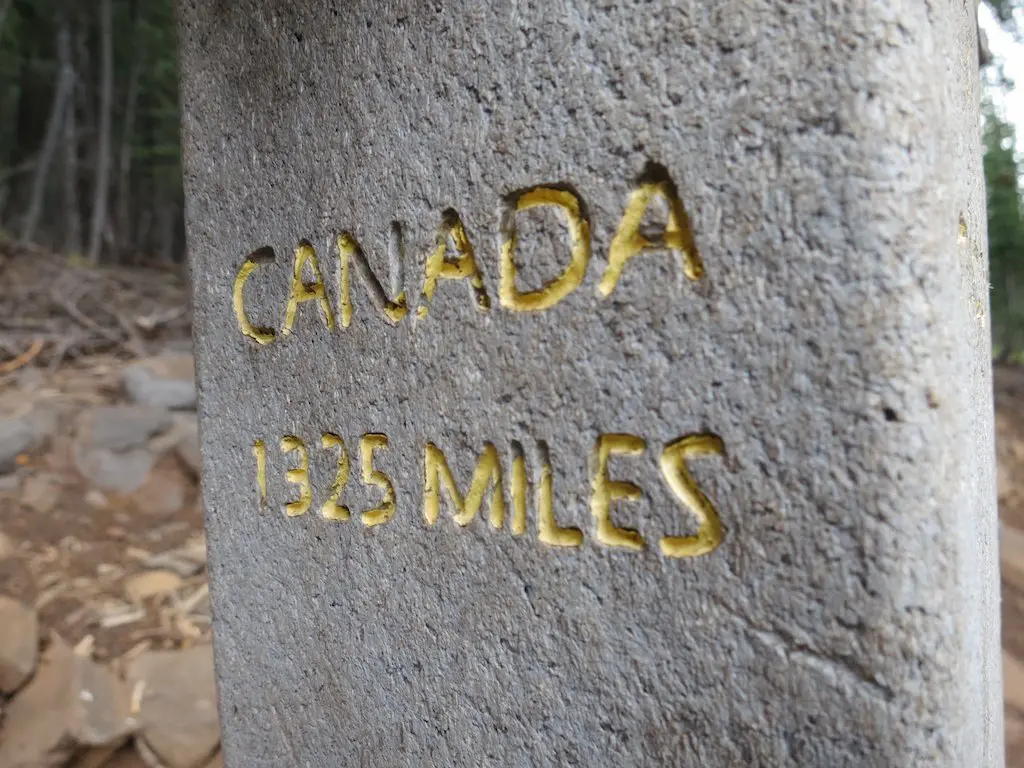
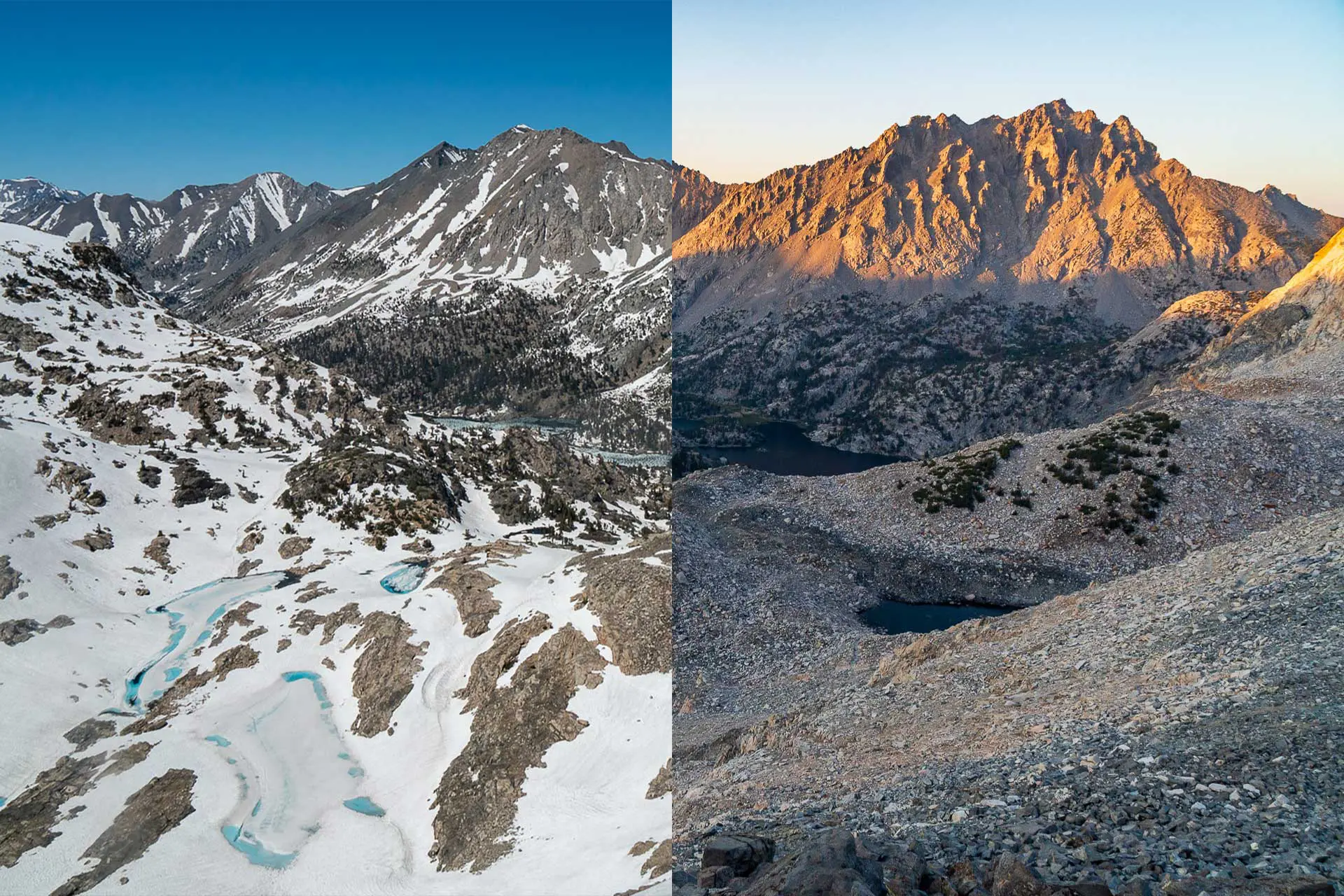
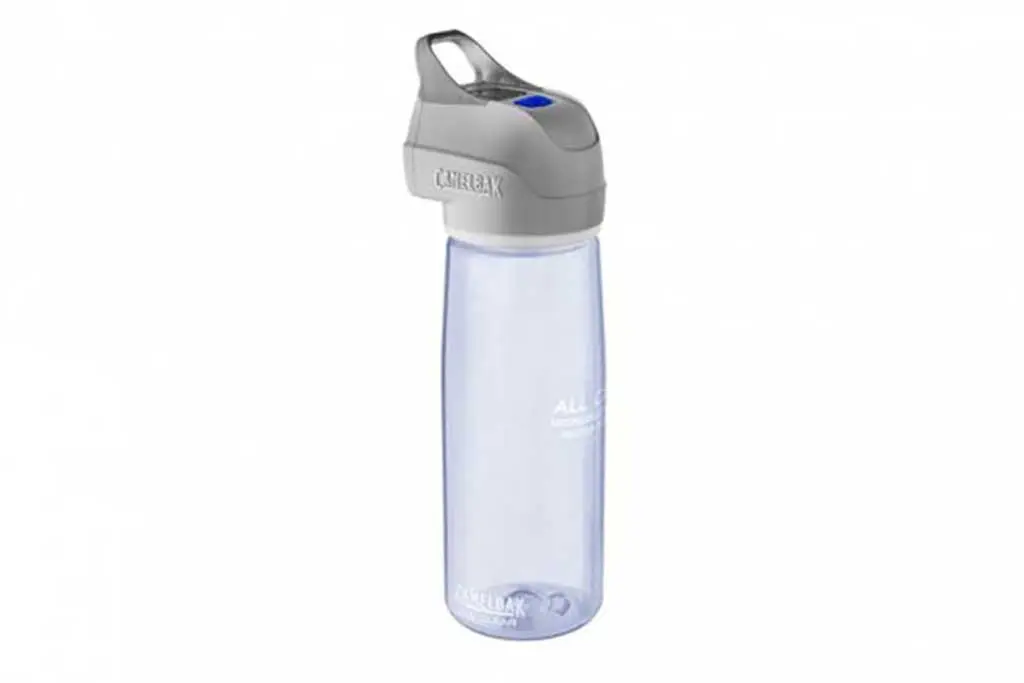
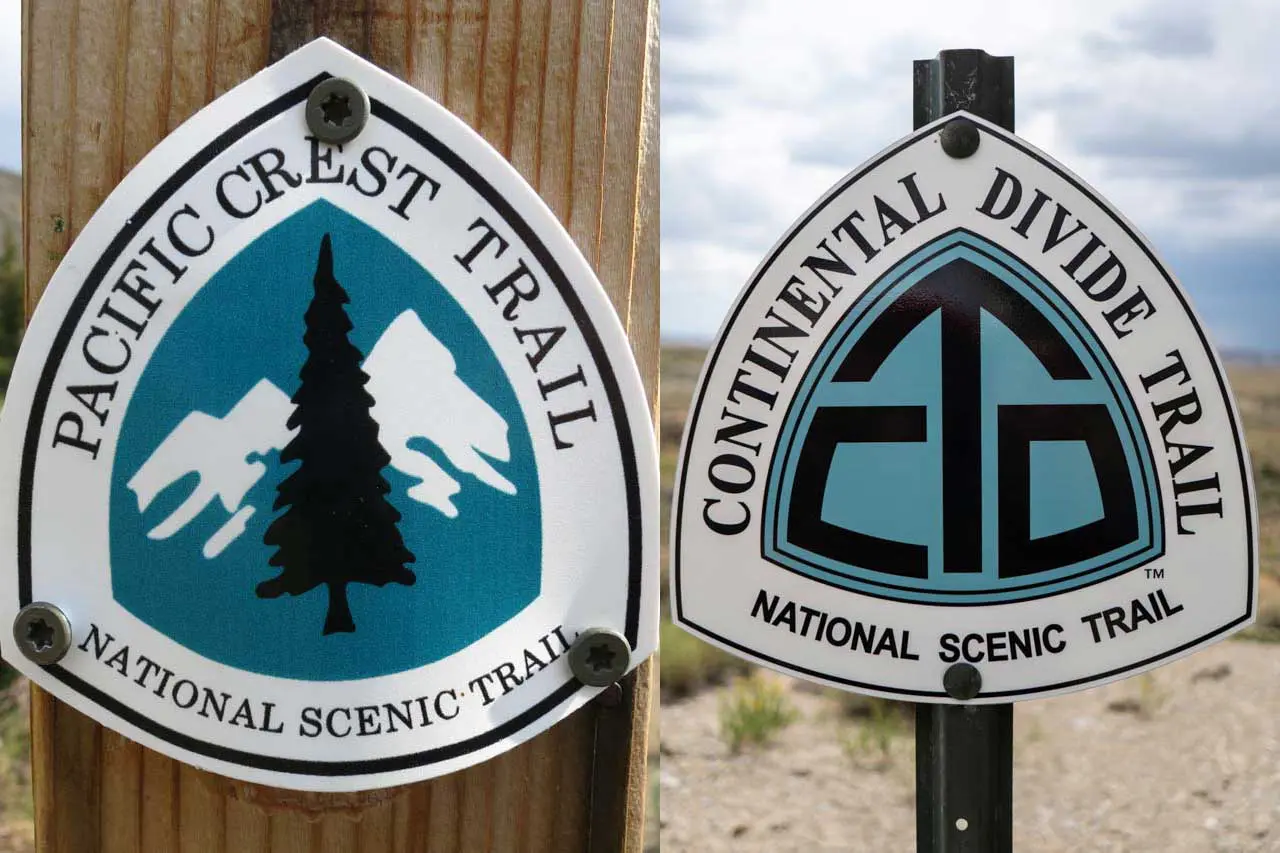
Despite this being an older post I have been planning to do a thru hike of the pct and wonder about the dangers of falling to our perilous deaths whilst traversing narrow ridges and passes and the like. I want to overcome my fear of heights so it would help to get a realistic idea from more experienced thru hikers?
To be honest, there aren’t really many incredibly sketchy narrow ridges and cliffs on the PCT.
I’d be more concerned with river crossings. I live near Yosemite and Sequoia and every year I hear about the early spring PCT deaths. Someone goes missing and then the body is found a few miles down stream. It was really bad a couple years ago but every year I hear of 2 or 3 people who drown crossing rivers. They decide to push faster, or fall behind, their hiking group and can’t navigate the water crossing on their own.
Dude, I don’t know what I would have done if I heard those screaming fox noises at night before knowing foxes (foxi? fox? What’s the plural of fox?) scream. Is that the kind of stuff that makes it hard to sleep? I get it now.
Foxes and fox are both acceptable plural forms. Regardless, their screams are terrifying.
Thanks for this!! I’ll try and get my husband to read and believe so that maybe, just maybe we won’t have to seek marriage counseling. Because I was born to hike the Pacific Crest Trail. Love your humor and raw honesty ;-D
Good luck!
Best PCT advice ever. How about those tiny fucking biting gnats after Cascade Locks? Or, even worse..day hikers.
The gnats are terrible especially since you can’t out hike them (at least I couldn’t).
The boogeyman is probably my only fear of hiking alone. When I was younger it didn’t bother me so much, but since my mid 20s(32 now)I get high anxiety/fear at night alone in the woods. one of the things I will be forced to overcome this spring/summer.
He’s out there. Always lurking. Always waiting. Always watching.
Best of luck.